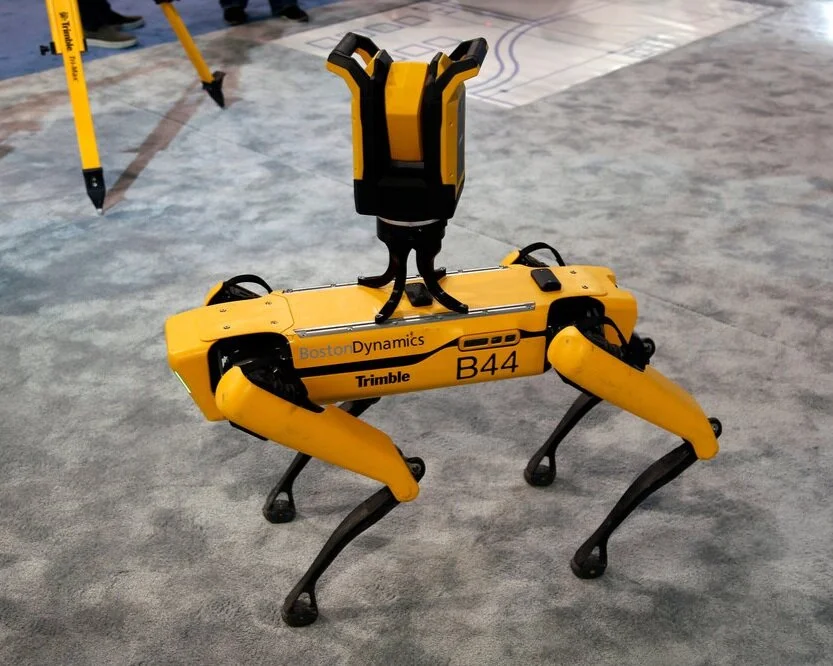Palestinians Use Israeli Techniques Against Occupiers
/ISRAEL - It’s been said that history has an uncanny tendency of repeating and that those who don't know history are damned to relive it. But, sometimes the repetition of the past is deliberate, especially when the lessons from it are used as a proverbial playbook to frame current actions and strategies. When this happens, it can lead to some interesting conclusions. An example of this phenomenon can be found through the study of the similarities of recent events in the decades-old conflict between the Israelis and the Palestinians.
Daniel Kurtzer, the former U.S. ambassador to Egypt and Israel, and the S. Daniel Abraham Professor of Middle East policy studies at Princeton University, published an op-ed critique in the Washington Post of the book ‘Anonymous Soldiers: The Struggle for Israel, 1917-1947’ by Bruce Hoffman (Knopf). He writes about the deftness with which Hoffman draws parallels between the Jews struggle for freedom from the occupying power of British rule and those of the Palestinians today.
“Palestinian and Israeli narratives have always been more reflective of each other than contrasting. Both peoples suffered exile from their homeland and the experience of being refugees. Both believe they have been the victims of historical injustice. Both claim the same land and have a primordial attachment to that specific land. And members of both have engaged in acts of terrorism in the pursuit of national self-determination and independence.”
At the risk of giving too much away, or even straying from the focus of this article, and in the interest of transparency, in his book, Hoffman does highlight the differences in how Jewish terrorists resisted the British versus tactics employed by the Palestinians today.
Despite this, Kurtzer acknowledged that “…One person’s terrorist is another’s freedom fighter, and Hoffman's study will undoubtedly add to the partisan debate over who exactly was and is a “terrorist,” and whether violence associated with the struggle of one people for national independence is more legitimate than the struggle of another people.”
The weapons used by the Israelis between 1917 and 1947 to fight against the British were often handmade because of a lack of access to arms dealers. Fast forward to the current conflict between Israelis and Palestinians, and it has become evident that there is a marked increase in terrorists attacks in which handmade weapons have been utilized in attacks against Israeli civilians and security forces. Of these new and potentially lethal firearms, a cheap imitation of the Swedish Carl Gustav M/45 sub-machine gun (better known by its street name, the “Carlo”) has emerged as one of the most popular handmade weapons.
The “Carlo” has been tied to a string of recent attacks, including one this past February, which took the life of a 19-year-old Border Police officer, Hadar Cohen. Though crude and inaccurate - the firearm was highly effective. It was constructed from cheap and readily found materials, and in this case the barrel of the gun used in this particular case was crafted from a commercially available water pipe. Other such weapons, used in similar recent attacks throughout the country, have been constructed from blueprints found on the internet and assembled out of household items such as fridge pipes, metal hoses, and other random pieces of metal.
Jewish militants, fighting for their independence also worked secretly and around the clock to produce a series of handmade weapons for use against the opposing British forces. Like the “Carlo,” which is now favored by Palestinian militants, a favorite firearm produced by the Jewish resistance was the Sten sub-machine gun. Cheap to produce, this weapon was essentially a hollowed-out metal tube which could spit out bullets. Yet, it became the scourge of British troops who often fell victim to its deadly simplicity.
The weapon was a favorite among the pre-state militias, such as the Lehi and the Irgun, who manufactured and used the weapon with devastating effectiveness. All too common were attacks like one in which a British police sergeant was killed, and three other police officers wounded when ambushed while sitting in a cafe.
It was the relative ease of construction and an inability to control the everyday items from which the weapons were fashioned which has led to escalating concern among local security and military officials. Similarly, the "Carlo,” a handmade Imitation of the Swedish Carl Gustav M/45 sub-machine gun, is a simple design easily constructed from discarded material. It is comprised of three separate components: an internal mechanism, a barrel, and ammunition, and of all these the ammunition is the least complicated to compound. All other pieces can be manufactured by using common machinery; such as pipe-cutters and lathes, operated by a single person or small group of individuals.
The period in which this weapon was originally manufactured, from the 40’s to the 60’s, lends itself to uncomplicated duplication and inexpensive cost to produce. Consequently, they are readily obtainable on the black market for as little as $750. Perhaps most troubling, is that this also makes it untraceable which further complicates efforts to keep peace in the region. As use of this weapon becomes much more prevalent, and as Security officials seek ways to stop its manufacture and spread, it takes us back to the beginning of the article and to the premise of the oft penchant for humans to repeat history.
Like the Palestinians, the Israelis similarly manufactured and distributed illegal arms for use in its battle against the English occupiers. A war that sought to expel the colonialists from a region that was governed under the British Mandate prior to the creation of the modern State of Israel in 1948. Eerily, it seems that the Palestinians have studied and employed a few lessons in warfare from the history of Israel’s struggle against its own former occupier, and that they are equally determined.
Ironically, like the British, Israeli security officials now find themselves in a difficult but strangely reminiscent position that the colonialist must have certainly confronted. The reality that the efficacy of their efforts to hinder the production of the handmade weapons by the Israelis may not have been as effective or swift as they desired or required.
The question remains, now that the Palestinians are manufacturing and distributing the “Carlo” for use in their resistance against what they see as an occupying ruling government, can the Israelis succeed where the British ultimately failed? Can they control the production and spread of similar handmade weapons used by the Palestinians to attack Israelis, or will they find themselves on the opposite side of a dynamic which may portend a repeat of history of their own independence?













